List of Colorado’s most dangerous trails released Friday
COLORADO SPRINGS, Colo. (KRDO) -- A Louisiana-based satellite tracking and communications company has released a list of the most dangerous trails in Colorado.
The list is based on the number of rescues conducted and emergency GPS signals near those trails.
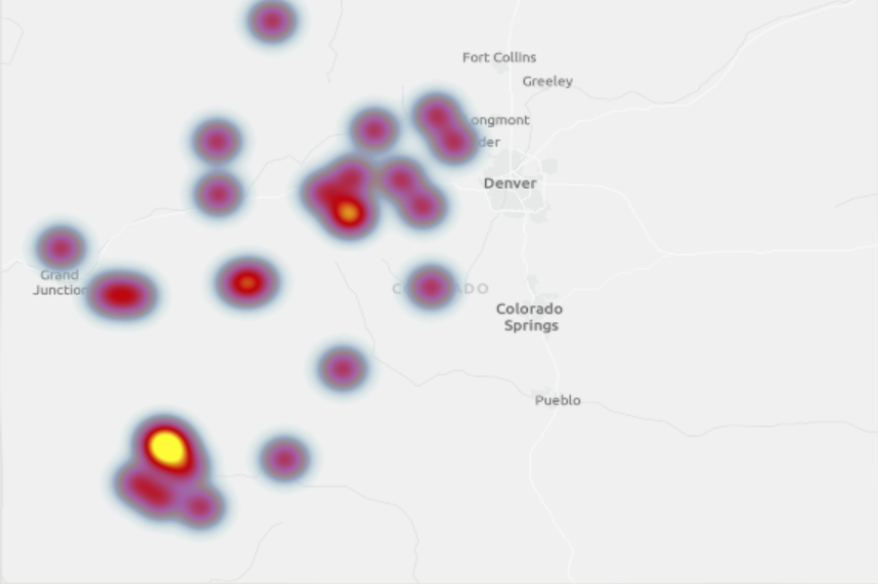
According to the list, among the most dangerous are the Crestone Traverse, Jagged Mountain, Longs Peak and Maroon Bells.
The release, from SPOT LLC, doesn't include any trails in the Pikes Peak or in southeastern Colorado. The company did not respond to a request from KRDO NewsChannel 13 for more information.
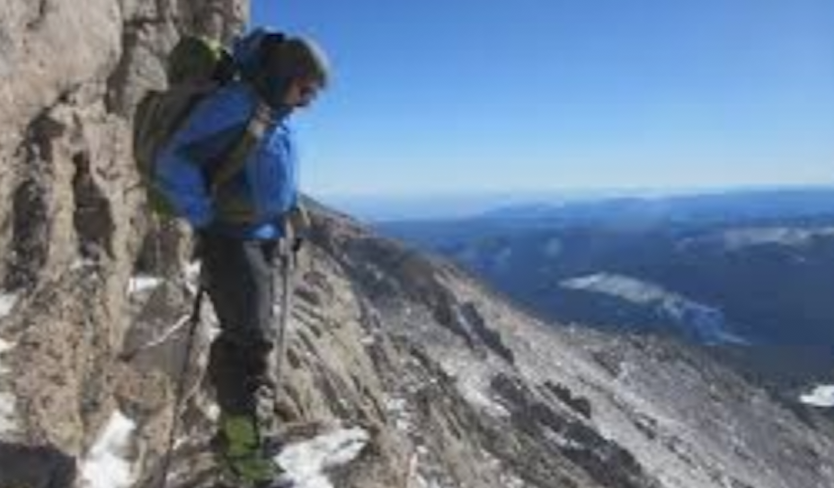
Shane Leva, general manager of Mountain Chalet, a hiking outfitter in downtown Colorado Springs, said he agrees with the selection of the four trails on the list.

"For a lot of those, you'll be in fourth- and fifth-class settings, which means you'll be using both your hands and your feet to be scrambling," he said. "Think like low-grade rock climbing, essentially. You'll have hundreds if not thousands of feet under you. You'll need to have some good mountain sense and know how to navigate through that type of terrain."
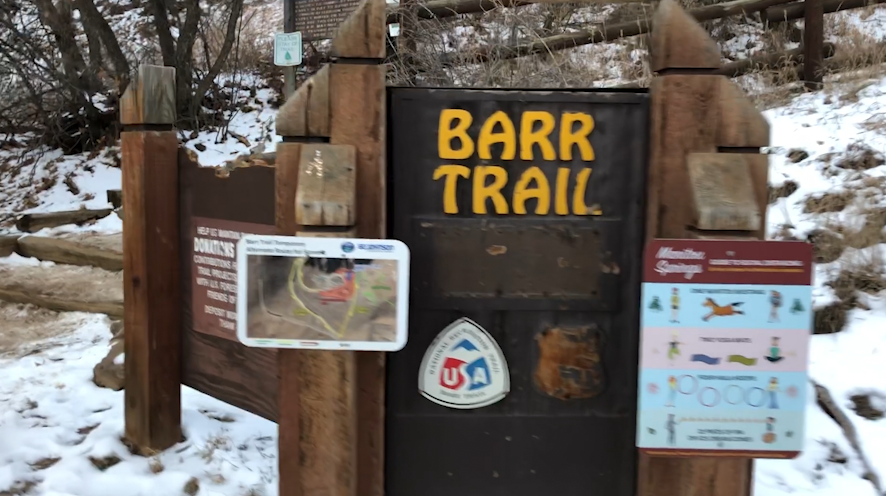
Many local hikers believe that Barr Trail, from Manitou Springs to the Pikes Peak summit, comes closest to being categorized as dangerous. El Paso County Search and Rescue averages more than 100 rescues on the Peak annually.
"There are significant risks on Barr Trail right now," said Teresa Burgess, spokeswoman for EPCSR. "When you get a layer of snow, the sun shines, it melts and refreezes and you get a layer of ice. Because of the granite, it's hard to see because it's mixed in with the rocks. So it's easy to slip or fall and get hurt. Depending on how far up the trail you are, it could take a long time for help to reach you."
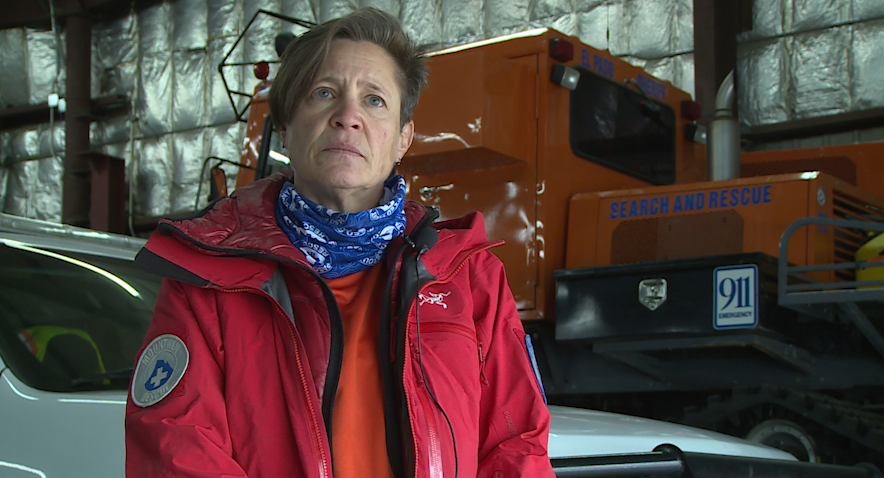
Experts say the following steps will make challenging and dangerous trails safer to hike:
- Wear proper clothing and use equipment such as foot spikes to provide better traction on ice and snow.
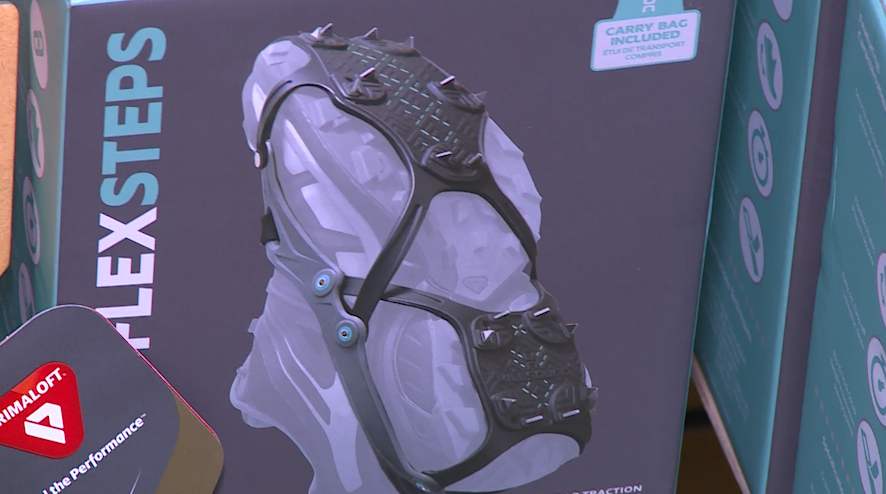
2. Pay attention to weather conditions and the weather forecast for your hiking area.
3. Plan your hike in advance, especially if bad weather is expected; become familiar with a trail before hiking it.
4. Tell someone where you're going and when you plan to return; Burgess suggests writing down that information and leaving it on you vehicle's windshield in case you need to be rescued.
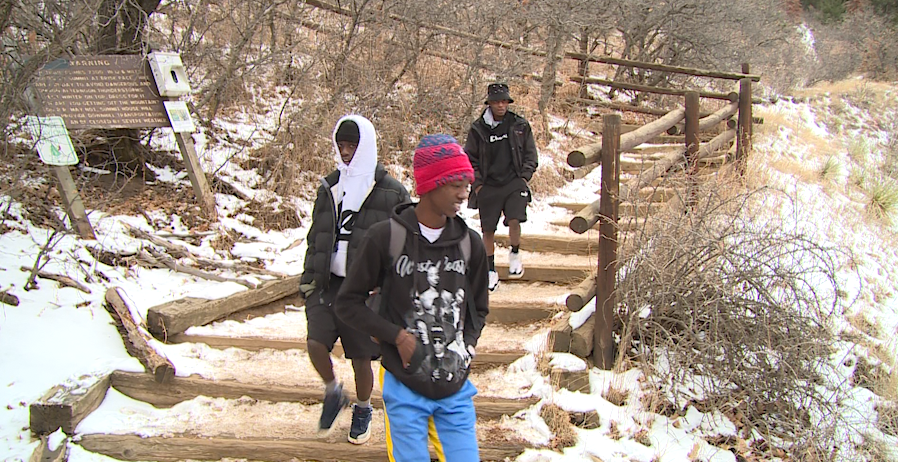
5. If you don't hike regularly, try a smaller trail before taking on a more challenging trail.
6. Bring a full-charged cellphone and carry an electronic device that allows authorities to track your location if you need help.
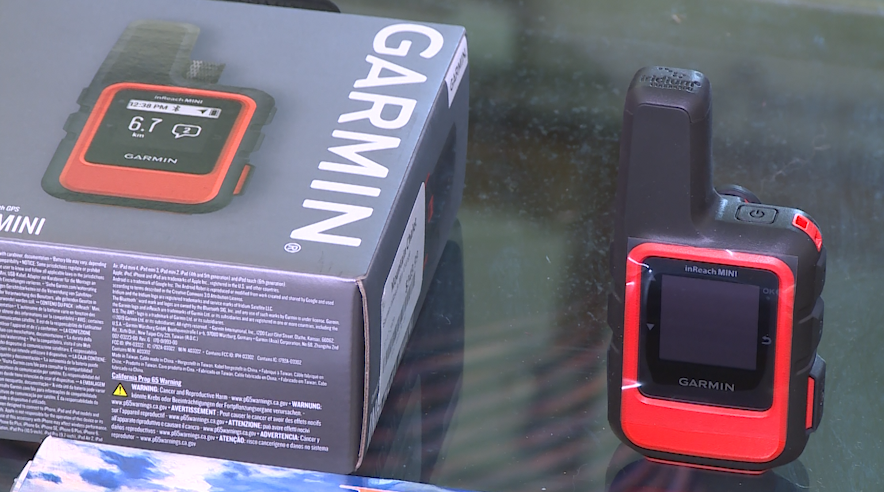
7. Learn how to use a map and compass and bring it with you, in case electronic devices fail or run out of power.
8. Bring enough water and snacks in case you are lost, trapped in bad weather or have to spend the night.
9. Avoid hiking alone.
On Friday night -- an hour after this story aired -- Search and Rescue went to Barr Trail to assist several hikers who had slipped and fallen in the dark while descending.
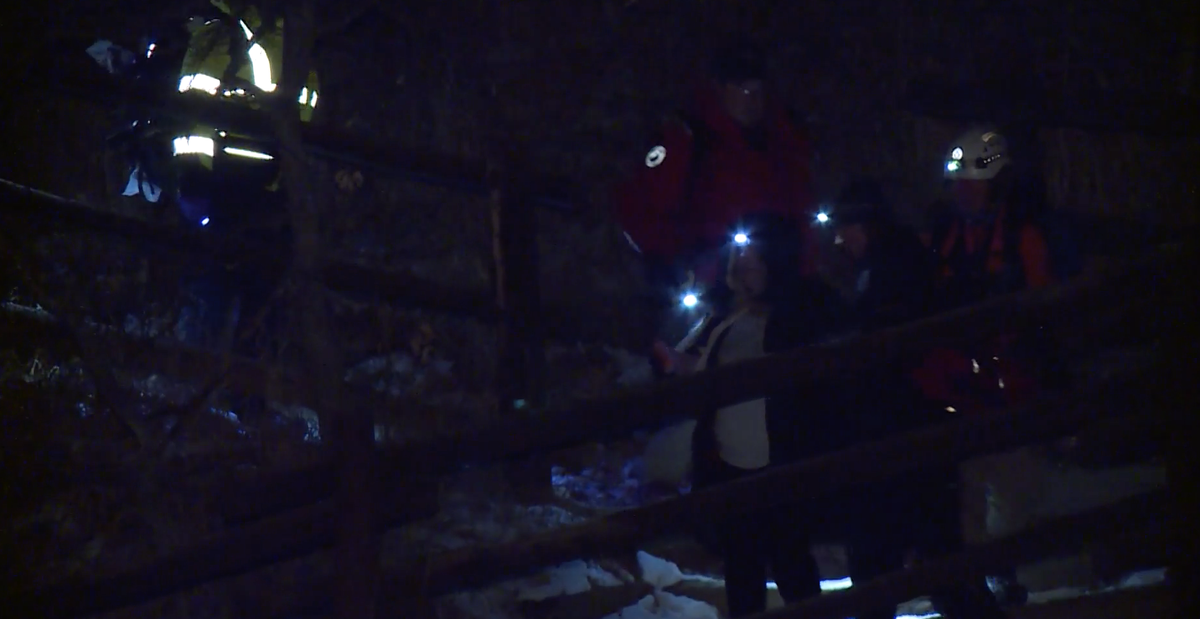
"They were up above the bail-out point of the (Manitou) Incline," a team member said. "One woman hurt her knee, another woman hurt her hand."
Team members helped the women walk down to the trailhead.
